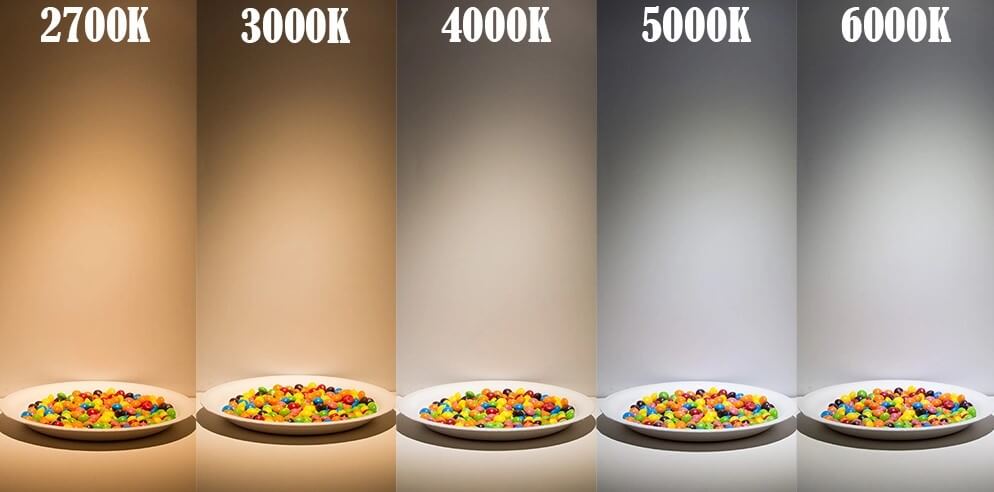
Now that we’ve answered the question of what is LED is, it’s time to take a closer look at the term color temperature.
Light-emitting diodes, also known as LED lights, have become a popular choice for lighting because of their efficiency and long life. One of the key aspects of LED lights is their color temperature, which is measured in Kelvin (K). But what exactly is the relationship between LED lights, Kelvin and temperature? In this article, we will look at the relationship between these three elements and how it affects lighting.
Why Kelvin?
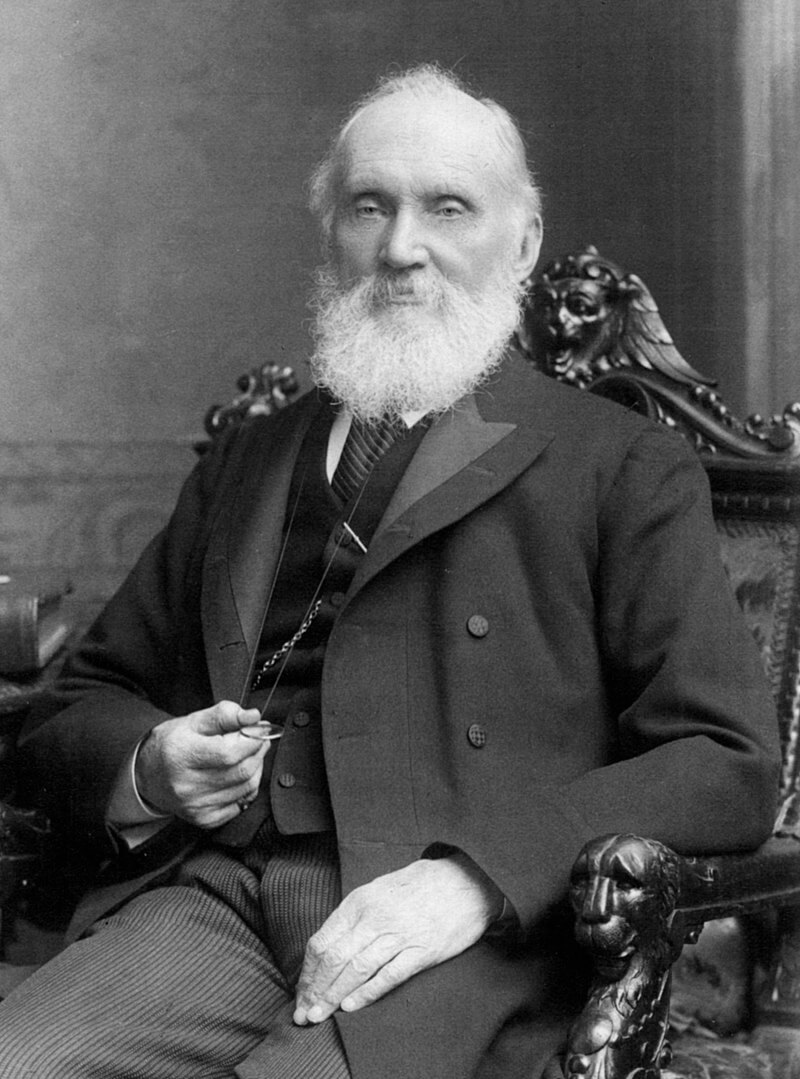
The Kelvin unit is named after the British physicist and engineer William Thomson. Also known as Lord Kelvin, he discovered the Third Thermodynamic Effect, called the “Thomson Effect“, and invented the mirror galvanometer. The unit of measurement for absolute temperature – kelvin and the absolute thermodynamic scale (Kelvin scale) are named after him. It was William Thomson who established that temperature absolute zero equals exactly −273.15 °C, although the concept was known from earlier.
In the SI International System of Units (from French: Système international d’unités), the Kelvin temperature unit is defined by two facts: zero kelvin is absolute zero (at which molecular motion reaches its minimum), and until 2019, one kelvin is defined as 1/273.16 part of the so-called thermodynamic temperature of the triple point of water. The Celsius temperature scale is defined in Kelvin, with 0 °C corresponding to 273.15 Kelvin, which is the melting point of ice under normal conditions.
What is the color temperature of LED lighting?
The concept of color temperature in lighting dates back to the 19th century. German physicist Wilhelm Röntgen, famous for inventing the X-ray machine and awarded the first Nobel Prize in Physics, discovered that the color of a light source could be described in terms of its temperature.
It all started with an experiment where a piece of steel was heated, depending on the temperature of the heating, the steel changed its color. In the beginning, the steel began to emit an orange light, a little later yellow, and with a subsequent increase in temperature, it finally acquired a white color. The experiment showed that the fewer degrees in Kelvin the lighting has, the more yellow the emitted light is, and conversely, the higher the color temperature, the more blue (white) the emitted light is.
In the middle of the 20th century, LED lights were first invented. Initially, their use was limited due to their low brightness and limited color options, as well as the inability to make white. However, with advances in technology, LED lights have become brighter and more flexible, and the concept of color temperature has become increasingly important in lighting design. Today, LED lights come in a range of colors with color temperatures ranging from 2700K (warm white) to 14000K (cool white).
What is the difference between warm and cold light?
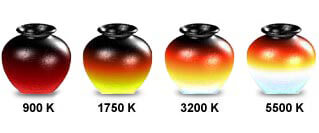
As for light, the Kelvin temperature is based on the color that a heated so-called “black body” emits due to its temperature characteristics. A blackbody is an idealized physical body that absorbs all incident electromagnetic radiation, regardless of frequency or angle of incidence.
In simple terms, when a black metal body, such as sheet metal, is heated to a certain Kelvin temperature, it measures what color white light is produced. For white diodes, based on blackbody theory, blue appears at higher temperatures (6500K) while red appears at lower temperatures (1600K).
It is important to note that the relationship between color temperature and actual temperature is not direct. The color temperature of an LED light is simply a measure of its appearance, not its actual temperature. For example, a 2700K LED light may appear warm and yellow, but will not be hot to the touch.
.
Which light is closest to the living room?
- less than 2000K – emits a very warm, to orange-red light;
- between 2000K – 3000K – emits soft (yellow) light;
- between 3100K – 4500K – emits neutral white light (closest to daylight);
- between 4600K – 6500K – emits cold blue-white light;
- 6500K and above – emits a saturated bluish light.
- above 10,000 and up – emits a bright blue light
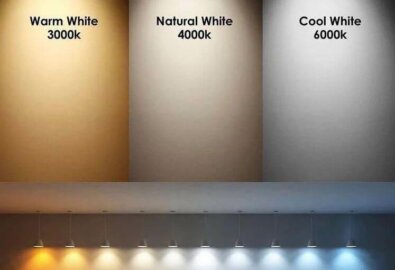
Factors in creating a good illuminated advertisement
When it comes to the advertising world, it turns out that different parts of the world have different preferences for lighting advertising items such as signs and block letters. In northern countries such as Germany, Denmark, Norway and Sweden, they prefer warmer shades, that is, lights with a lower color temperature. In retrospect, countries located in the south such as Italy, Spain or Greece most often choose lighting with a high color temperature, which creates whiter, even bluish bright visions.
It is a curious fact that most people find cold white light brighter and more saturated. Conducted experiments show that in the presence of two diodes of the same power and manufacturer, but different in color temperature, the human eye perceives cold light as stronger.
Tests show that the selection of quality translucent film and diodes with appropriate color temperature and CRI – color rendering index is essential for the appearance and effectiveness of an advertising product. The cast film specially designed for luminous LED advertising 3M Scotchcal Translucent IJ3730 and SloanLED’s outstanding breakthrough in optical physics – the white modules of the VL4 6500K series give a CRI of +80%, a result that is difficult to achieve otherwise in the industry.
How does color temperature affect us?
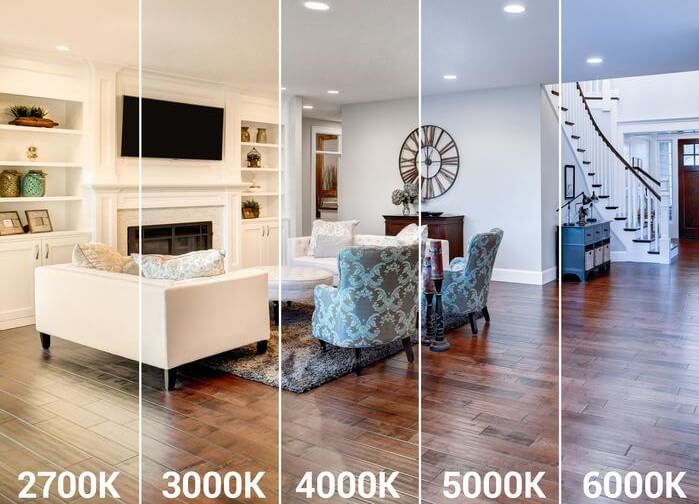
Why is it so important to understand the relationship between LED lights and color temperature? The color temperature of the light source can significantly affect the atmosphere in the room, so it is important to choose the right one for your needs.
Warm white light with a low Kelvin rating is ideal for creating a cozy and welcoming atmosphere, while cool white light with a high Kelvin rating is better for a task-oriented environment such as a kitchen or workspace.
Architects prefer creating spaces with warmer light for the home, and the so-called “neutral light”, in the range around 4000K, is used for business purposes such as the lighting of signs or an interior solution for offices. In the wide range of LEDs that Partners Ltd. offers, SloanLED Mini White 4000K is an excellent choice.
In conclusion, LED lights, Kelvin, and temperature are interrelated, with the color temperature of an LED light being determined by the temperature of the material used to create the diode. Understanding this relationship is critical in choosing the right LED lights for your needs and creating the desired ambiance in your space.
Whether you want a warm and welcoming atmosphere or a more work environment, the right LED light with the right color temperature can help you achieve your goals.







